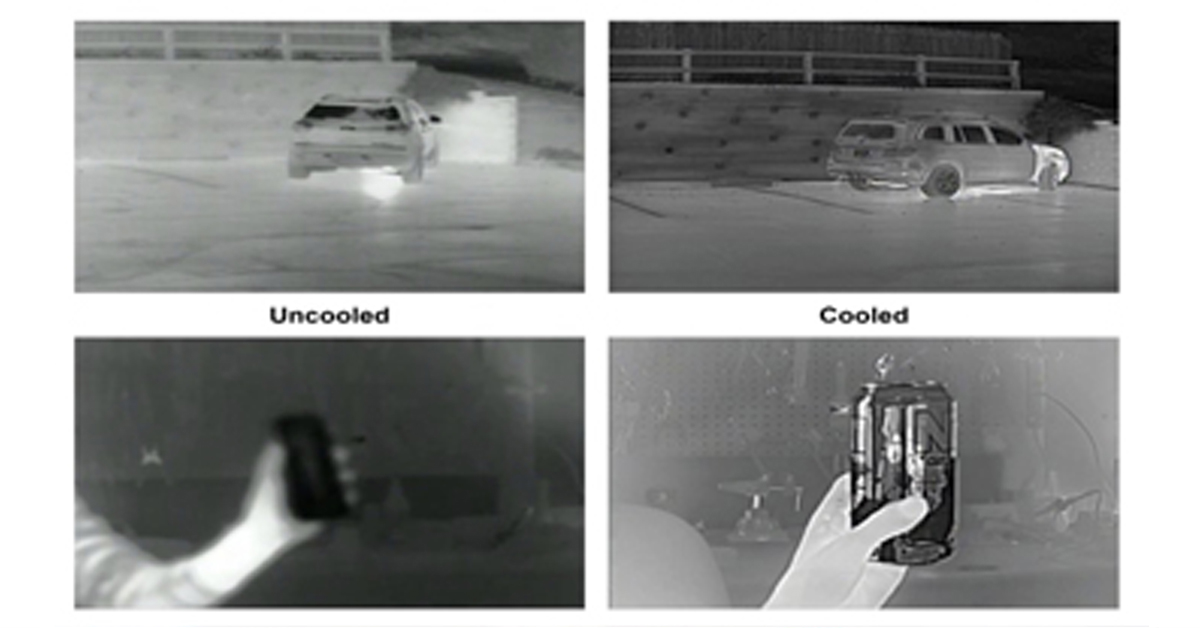
White Paper: Application of Ground-Based Security Radar to Perimeter Systems
White Paper: Application of Ground-Based Security Radar to Perimeter Systems
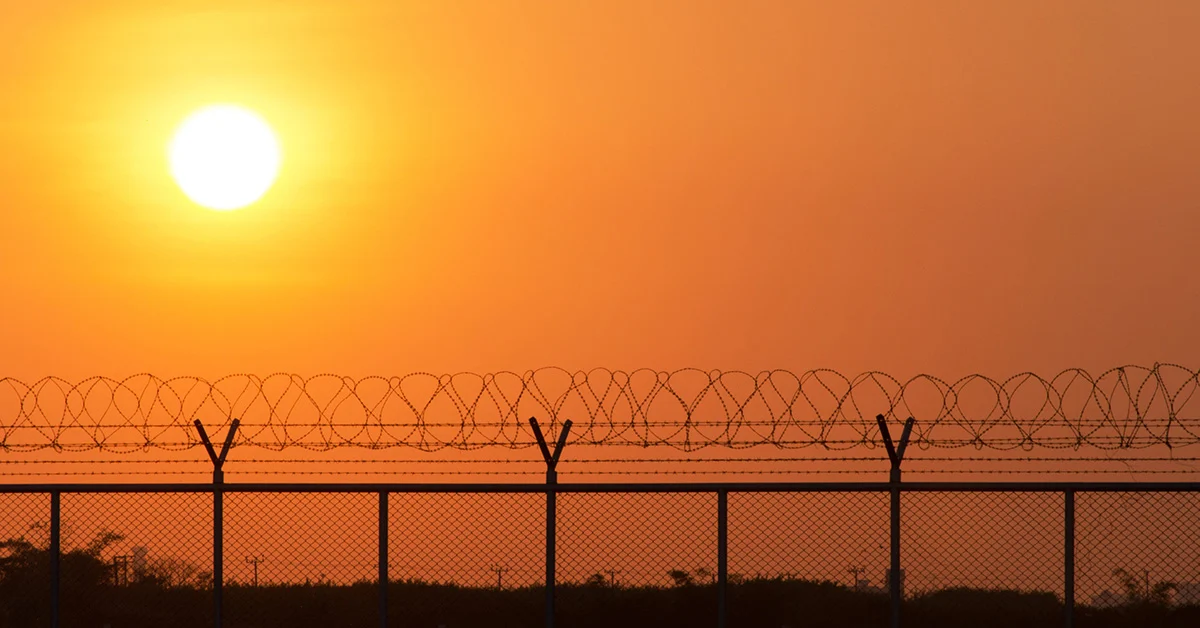
Radar's Technological Advantages and Best Practices for Optimum Performance
Since the height of the Second World War, Radio Detection and Rangefinding (radar) technology has significantly impacted military conflicts around the world. First introduced in the United States in 1934, this radio-based sensing and tracking technology (which uses microwaves to determine the range, angle, and speed of objects) developed independently and fully integrated in many countries in the mid-1930s. It resulted in fully integrated ship and land-based radar systems identifying conflicts following the end of the war. Radar has since been used in a wide variety of industries for its ability to dynamically map human and vehicle movement and provide early warning of intruder activity. In recent years, its integration into physical security systems has improved the protection of assets in critical infrastructure locations. Perimeter intrusion detection systems (PIDS) typically use camera-based solutions to monitor perimeters or other key areas, but adverse environmental and imaging conditions can hinder the performance of traditional camera sensors. Radar overcomes these challenges by detecting intruders 24/7, even in harsh weather conditions and low or no light scenarios. By integrating a ground-based commercial radar (e.g. Teledyne FLIR Elara™ R Series) as another key sensor within a PID to complement visible and thermal cameras, security managers maximize detection coverage, receive early warnings of threats, and provide a turnkey solution. obtains location intelligence on threats for an end-to-end security solution.
Radar Nuts and Bolts
The basic operation of a radar system involves transmitting a high-frequency electromagnetic signal towards the location of an expected target, and then measuring the radiation of its reflections. These measurements include the delay between transmitted and received energy proportional to the range, and the frequency shift between transmit and receive (TX and RX, respectively) in proportion to the relative speed, as well as the angle and angle ratio that can be obtained to locate foreign objects through antenna and gimbal measurements. In other words, when a radar takes a snapshot of the area, it learns the stationary environment. After a few scans have been recorded, the radar compares the final image to the stationary environment and notes what is different. On the next turn, it measures any change in the location of any anomaly and generates an alarm if the difference meets one or more of the intrusion criteria. When integrated with advanced management software, the radar displays this data on a dynamic map, providing real-time insights to all security personnel monitoring the device; it then sends the coordinates to the integrated cameras and initiates the beacon function using the cameras for visual assessment of intruders. This layer of intrusion detection sensors provides redundancy and prevents false alarms by verifying intrusion events with two data points; it also prioritizes multiple targets to provide logic such as “follow closest” or “track furthest” to pan-tilt-zoom (PTZ) cameras, taking the operator out of the equation and allowing staff to focus their time on response efforts.
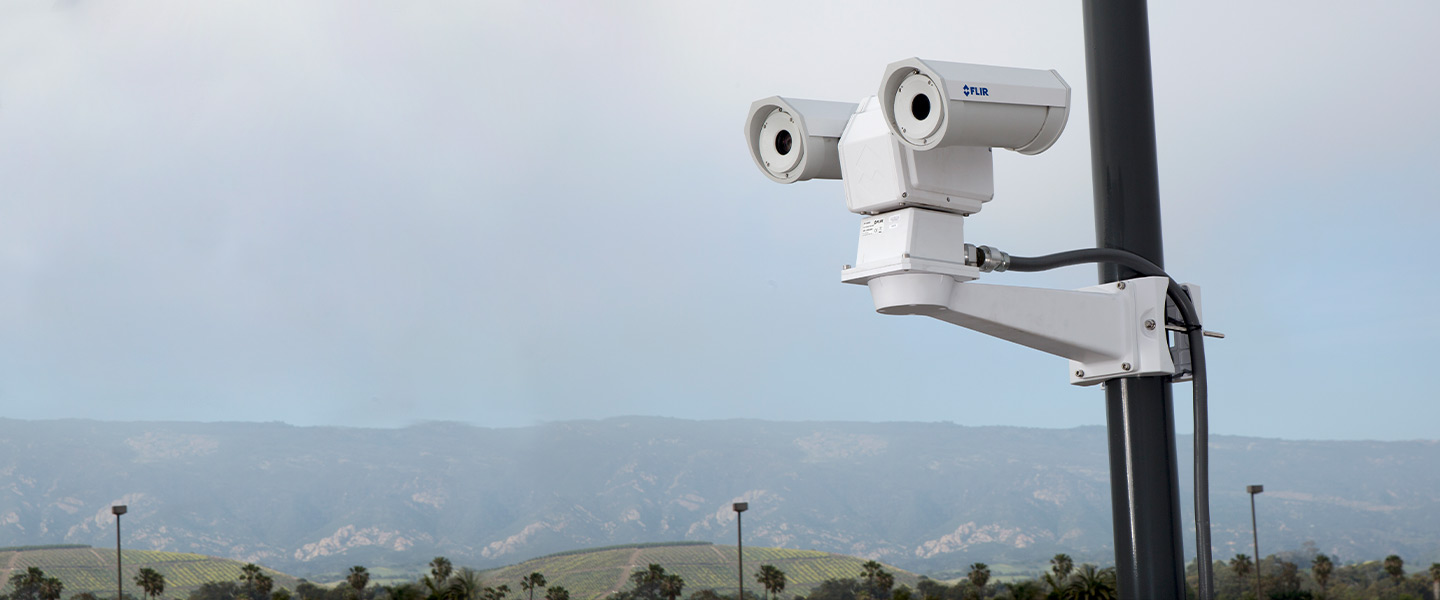
Pan-tilt-zoom cameras such as the FLIR Triton PT Series are very important for environmental protection. However, the addition of radar provides total area coverage in harsh environmental conditions.
From Military to Commercial
Over the years, radar has been primarily used as a government-issued military technology for ground surveillance, missile control, fire control, air traffic control (ATC), moving target display (MTI), weapon location, and vehicle search. Teledyne FLIR Government and Defense has developed the Ranger range of short, medium and long range radars for the defense industry. This powerful suite of radar systems is capable of monitoring devices with vertical coverage, low minimum detection rate, and coverage of up to four times per second (24/7), simultaneously detecting and tracking 512 land and air threats, day and night, in virtually any climate. Includes algorithms for These rugged and reliable radars are built to meet every conceivable need for military-grade perimeter surveillance.
As the use of radar expanded into other applications such as commercial, industrial, travel, civil infrastructure and critical infrastructure, Teledyne FLIR saw the need to add a high-performance, cost-effective solution to its broad portfolio of physical security solutions.
These commercial radars offer end users an invaluable strategic advantage: a right-sized system built to deliver high-end technical performance while increasing accessibility to broader commercial applications. The key differences between the FLIR Ranger and Elara R Series radars include coverage, classification, and most importantly the use of the Elara R Series' lower frequency and signal power output. This streamlines the integration process, making it an attractive option for customers installing civil environmental monitoring systems.
Optimal Practices
Radar technology is gaining increasing attention in the business and security industries, particularly critical infrastructure. To help understand applications where radar will perform well, please refer to these four use case examples where radar provides added value for environmental protection.
- Substations : As reported by CIGRE, 88 percent of substations experience at least one break-in event each year. For electrical utilities that often lack full-time security personnel at rural substations, early intrusion detection is critical to crime prevention. Radar can detect an intruder long before it reaches the fence, allowing a remote security guard to quickly review alarms, verify threats by reviewing video footage, and dispatch police before the situation escalates and equipment is sabotaged.
- Data Centers : According to the 2020 State of the Data Center Report, 50 percent of respondents said "external human threats" were their top security concern. Typically, for large enterprise data center locations, multiple data centers are created within a single perimeter in a remote environment. Integrating radar into a PIDS ensures that all critical areas are monitored so no threats go unnoticed.
- Airports : For large airports with a circumference of more than a few kilometers, security managers can deploy the radar and experience the combined benefit of robust detection range and wide area coverage. For airports that are too large for the human or digital eye to observe or where there is 24/7 activity, radar provides a strategic advantage with its ability to monitor the environment and asphalt 24 hours a day.
- Correctional Facilities: The main challenge facing many prisons is that someone could approach the fence line and dump contraband packages into the prison area. However, the radar can continuously monitor a perimeter, notifying security personnel of anyone approaching the fence line for real-time intervention.
Technological Benefits
With security radars gaining greater adoption across a variety of industries, it's important to consider why radar might benefit your particular application.
Wide Area Monitoring
With a wide field of view (FOV) and long-range detection, the radar provides true wide-area protection and situational awareness far beyond the fence line. Radar is designed to efficiently monitor wide open areas. In scenarios where multiple cameras must be installed to cover a 90 degree FOV, installing just one security radar together with thermal and visible cameras can provide the same coverage with a detection range far beyond any visual or thermal camera alone. When it comes to the new Elara R-Series, the R-290 model detects vehicles up to 400 meters and people up to 200 meters, while the R-190 models detect vehicles up to 300 meters and people up to 125 meters.
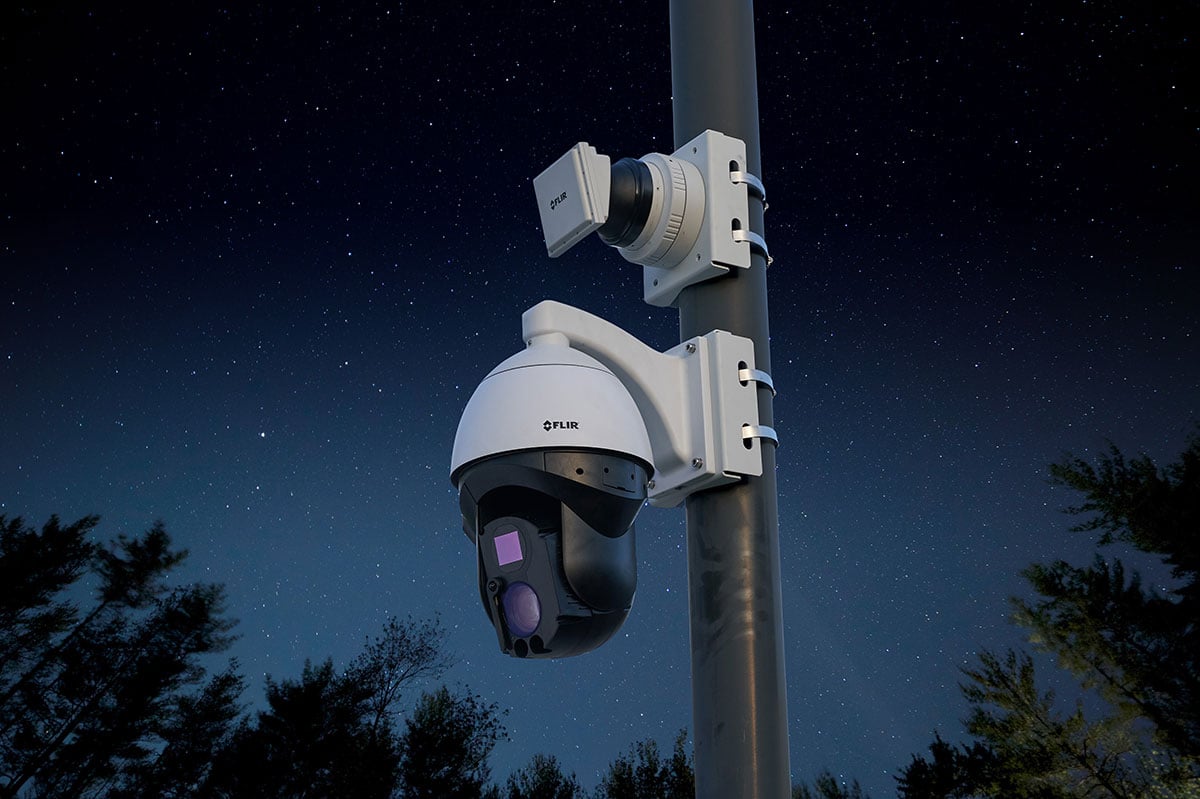
The FLIR Elara R-Series is mounted on a FLIR Elara DX Multispectral PTZ Thermal Camera. The radar unit can detect vehicles up to 400 meters and people up to 200 meters (R-290 model).
To achieve wide area monitoring, some security customers choose to increase the number of large FOV cameras installed on site. This presents its own challenges. Cameras with wide-angle lenses have significantly less range, reducing subsequent alarm preparation times. Conversely, narrow FOV cameras offer better detection range but less coverage. For these reasons, a radar capable of scanning a full FOV up to 10 times per second is an effective option for faster target acquisition. The result is reduced infrastructure costs and early warnings of impending threats for security operators.
Radar is also designed to improve detection accuracy and overcome the limitations of other sensors. For example, rain, heavy fog, snow, and smoke can significantly degrade the performance of cameras, resulting in low-contrast images that degrade video analytics performance. However, the radar is designed to operate in all weather conditions and is not affected by shadows and light reflections that only trigger false alerts in visual systems. When security operators use radar to increase detection accuracy, they are empowered with real-time insights that enable them to keep their facilities, equipment and people safe.
Target Tracking
When intruders approach an environment from multiple directions, delayed detection or disappearing visuals can severely limit an operator's ability to block potential threats before they cross the perimeter. Radar is built specifically to detect, track and map human or vehicle movement for better monitoring of threats. It provides continuous target tracking with distance to target within one percent. In addition, the time from initial detection to intrusion prevention is greatly improved with a radar, providing a faster, more efficient response. In some cases, a radar detecting a person on a foggy day is as much as 60 seconds faster than it would take a thermal camera to spot the intruder in the line of sight.
A PIDS system that relies solely on PTZ cameras for target tracking often requires multiple passes to effectively track a target over a wide area. However, a radar's ability to determine the geolocation of an intruder with extreme accuracy improves the responsiveness of all PIDS. The radar tells each integrated PTZ exactly where to aim, ensuring fewer shifts from one target tracking sensor to another, eliminating the possibility of visual loss of the target. When using radar like the Elara R-Series, security managers can monitor up to 32 targets simultaneously and display a bird's-eye map with overlaid masking zones, alarm areas, targets, range and target traces for expanded situational awareness. End users with overlapping multiple radar FOVs get uninterrupted coverage. CHIRP placement with intelligent GPS timestamp ensures that the Elara R-Series radars do not interfere with each other. The target aggregation feature helps eliminate confusion and unwanted multiple alarms, as a target within range of overlapping radar beams will only appear as a single target.
Excess
Integrating the radar with multiple PTZ cameras helps create a fault-tolerant solution. For example, a camera may experience poor lighting, bad weather, blinding sunlight, shadows, light reflections, etc. If it loses a target due to visual obstruction or interference, a radar will continue to monitor and present an intruder's geolocation to other PTZ cameras. In other words, by integrating the radar into PIDS, the probability of the system losing the position of the target is much lower.
Location and Installation Considerations
When it comes to installation, radar height, position and tilt can measurably affect the effectiveness of a radar within a PIDS. It is important for system integrators and end users to be aware of installation best practices for optimizing radar performance. Ensuring accurate and permanent localization of multiple threats at optimum ranges in all weather and light conditions depends on taking into account every possible scenario that could limit both camera sensors and radar systems. Here are some setup pitfalls to avoid and deployment strategies to adopt:
Radar Clutter
Radar clutter refers to echoes or reflections that are not important to a radar's function and affect its sensitivity and performance. Examples include large or nearby metal objects such as trucks, buildings, and chain link fences. Trees and bushes can also absorb radar energy, reducing its range and effectiveness.
Noise can also pose a potential problem. The total signal competing with the target return, be it electronics, outdoor conditions, or both, is clutter plus noise. The signal-to-noise ratio then compares the level of the desired signal with the level of background noise such that a ratio greater than 1:1 (greater than 0 dB) indicates more signal than noise. Installing radar in a location where this ratio guarantees signal rather than noise is the mainstay of this best practice.
The optimal installation location for any radar system depends on the line of sight of the area under surveillance. A radar's line of sight may be interrupted by the presence of buildings, trucks, airplanes, or other large metal objects; exposed areas due to ground heights; trees, shrubs, grass height and density, which in some cases is considered a seasonal factor. Therefore, the solution to these problems includes installation strategies that take every situation into account. Contact us for specific recommendations. Their teams of pre-sales engineers provide assistance with field research and field design to ensure your system works well when commissioned.
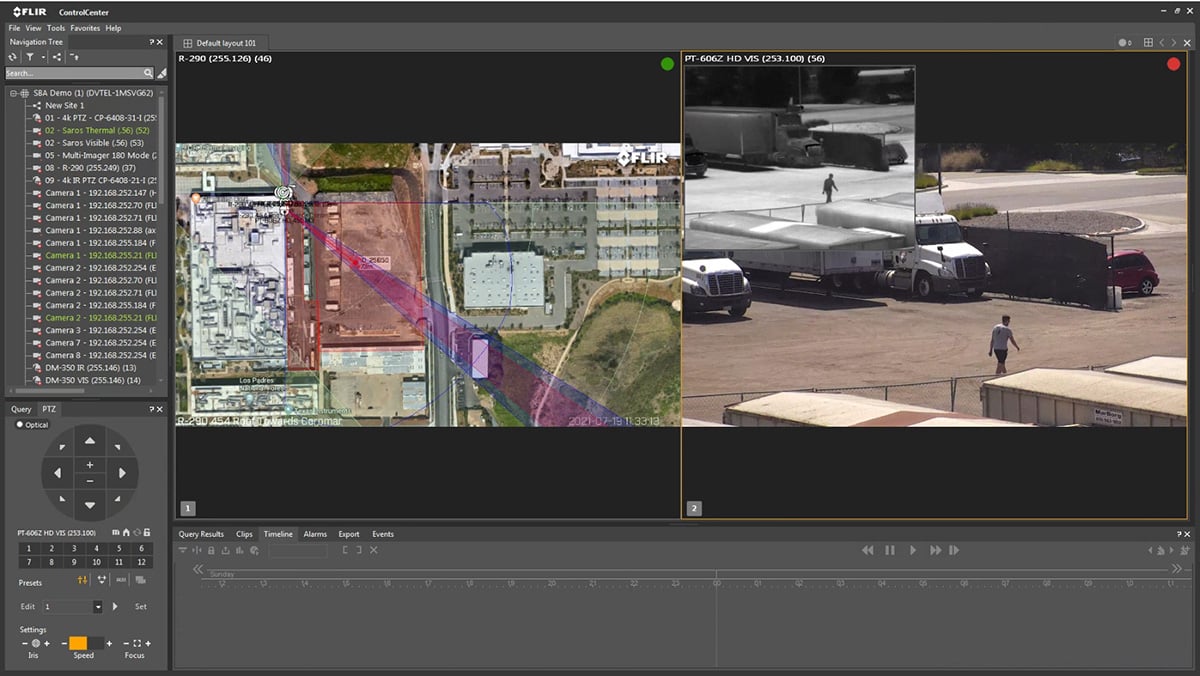
Areas With Fluctuations
A difference in ground height is one of the most common pitfalls radars encounter. Whether the ground is wavy, sloping or uneven - even if a radar beam extends over a certain area - there is no guarantee that its beam will cover every region in that area. A combination of strategic radar elevation, slope and layering can alleviate these conditions by minimizing any clutter effects from the ground and closing blind spots below the radar.
For example, placing a radar too high will detect tall targets while leaving the area closest to the ground exposed. Incorrectly tilting a radar will also reduce the sensitivity of the radar by creating an attempt to return the beam from the earth to where it is reflecting. Thus, the perfect elevation and slope takes into account the elevation and position of the desired detection area, as well as the slope of the covered area.
Integrated Radars
Another key strategy that reveals no regions involves a multi-layered approach where multiple radar beams are superimposed or bent if necessary using different heights within the same area to provide a video management system (VMS) with a variety of sensor data covering each region. For example, planning an installation using a low grazing angle with one radar and a higher or upward sloping angle with the other will provide maximum coverage of the same area. System integrators can also determine the height of a radar to maximize detection of different types of intruders. The recommended height for security applications is three to five meters, which helps reduce the risk of blockages, thus providing greater range while reducing clutter levels.
VMS Compatibility
Finally, when it comes to deploying radar for security installations, it is crucial to choose a radar that integrates with your preferred VMS for ease of use and full control. Without tight integration, security operators cannot access or enjoy all the benefits of radar, such as the simultaneous dynamic mapping of targets. Logic-based target tracking, handoff, overlapping coverage via fusion mode, and data visualization all require a radar that works in concert with the VMS component.
Key Takeaways
With reliable all-weather performance, simultaneous tracking of multiple targets, and geolocation capability, ground-based security radars add a critical layer of intrusion detection to perimeter systems. Radars paired with PTZ cameras can activate alarms and guide these cameras for streamlined target tracking, visual verification of threats, and faster response time. Following installation best practices, radar will deliver consistent results with minimal maintenance for optimum return on investment.
Blog Posts

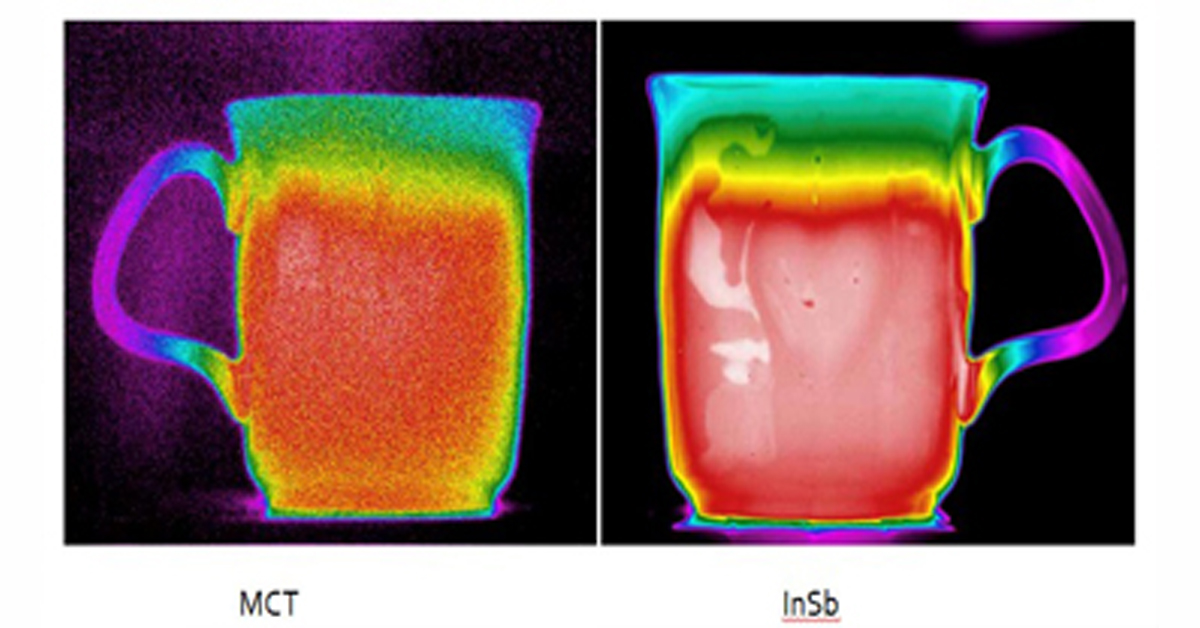
Thermal Camera Selection
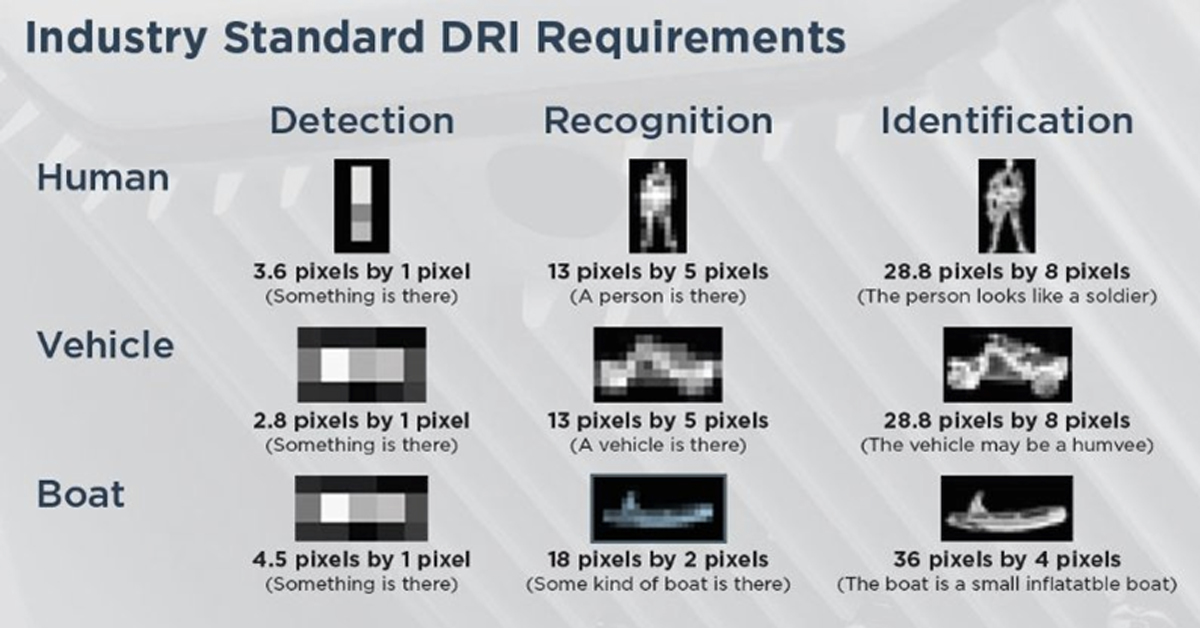
How Far Can I See?

How Should Human Temperature Be Measured?

What is Wide Dynamic Range?

MYNOISE AUDIO MIXER REVIEW

WHAT IS A WIRELESS DISTRIBUTION SYSTEM?

POE VS. POE+ VS. POE++: CHOOSING THE RIGHT INDUSTRIAL ETHERNET SWITCH FOR YOU
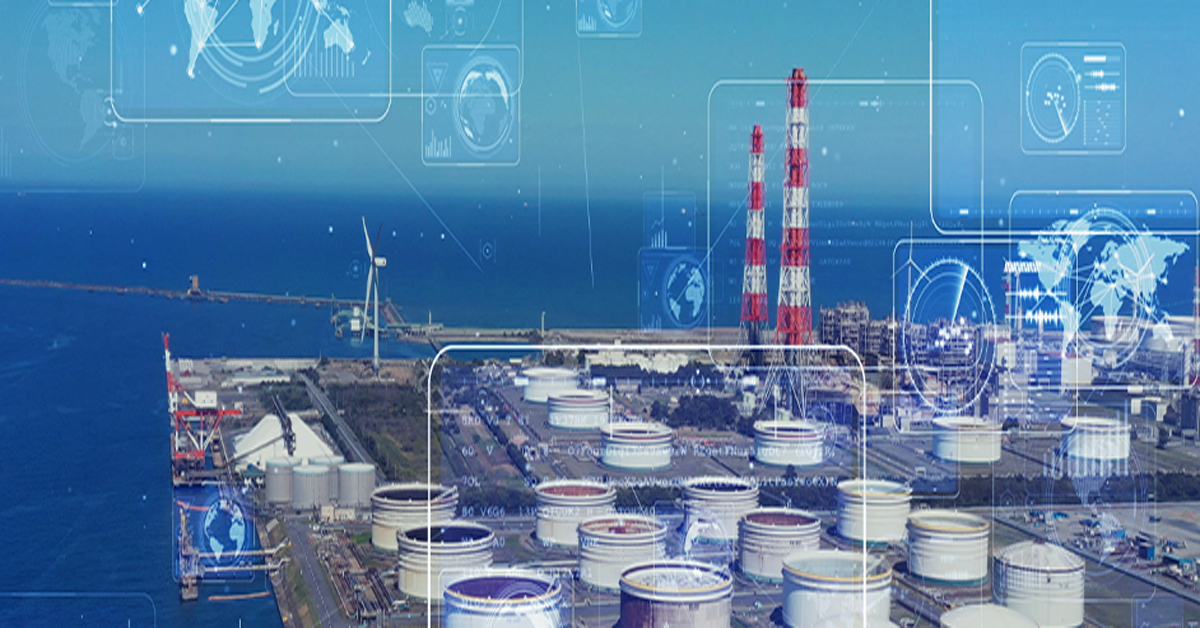
INDUSTRY-LEADING INDUSTRIAL ETHERNET SWITCHES

UNDERSTANDING WHAT THE INDUSTRIAL INTERNET OF THINGS IS
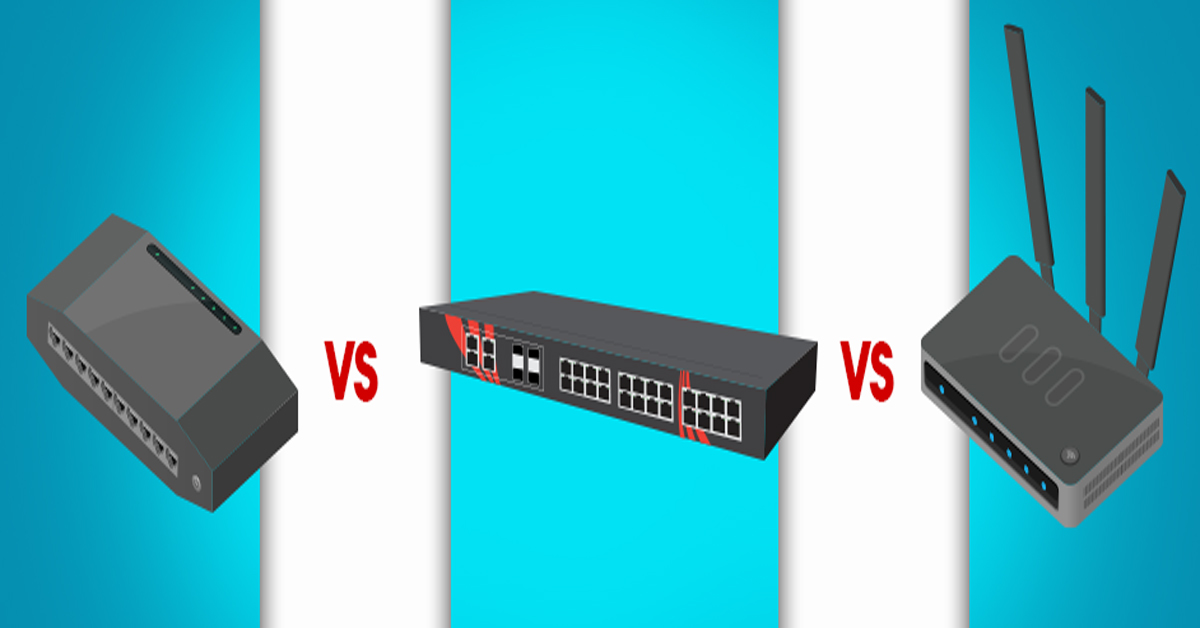
THE DIFFERENCE BETWEEN A HUB, SWITCH, & ROUTER
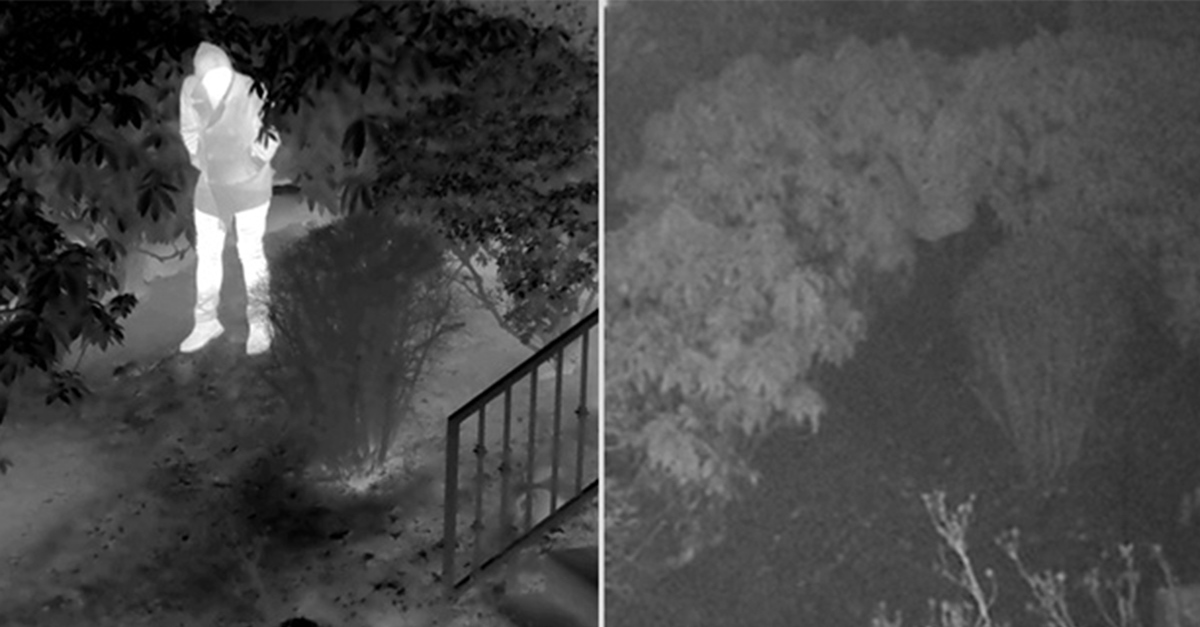
5 Benefits of Thermal Imaging Cameras

DIFFERENCE BETWEEN INDUSTRIAL ETHERNET AND REGULAR ETHERNET

INDUSTRIAL NETWORKING EQUIPMENT USED FOR AUTONOMOUS VEHICLES

CYBERSECURITY: PROTECTING INDUSTRIAL CONTROL SYSTEMS

HOW INDUSTRIAL NETWORKING CAN PROVIDE SECURITY FROM DRONES
.webp)
Thermal Cameras Reveal How to Keep Your Home Cool During a Heat Wave

FLıR ONE PRO
.png)
Unmatched Maritime Awareness with Cooled Thermal Imaging
.png)
What Is the Right Handheld Thermal Camera for You?
.png)
Camera Resolution and Range
.png)
Special Applications for Marine Cameras
.png)
What’s The Difference between Thermal Imaging and Night Vision?
.png)
Can Thermal Imaging See Through Fog and Rain?
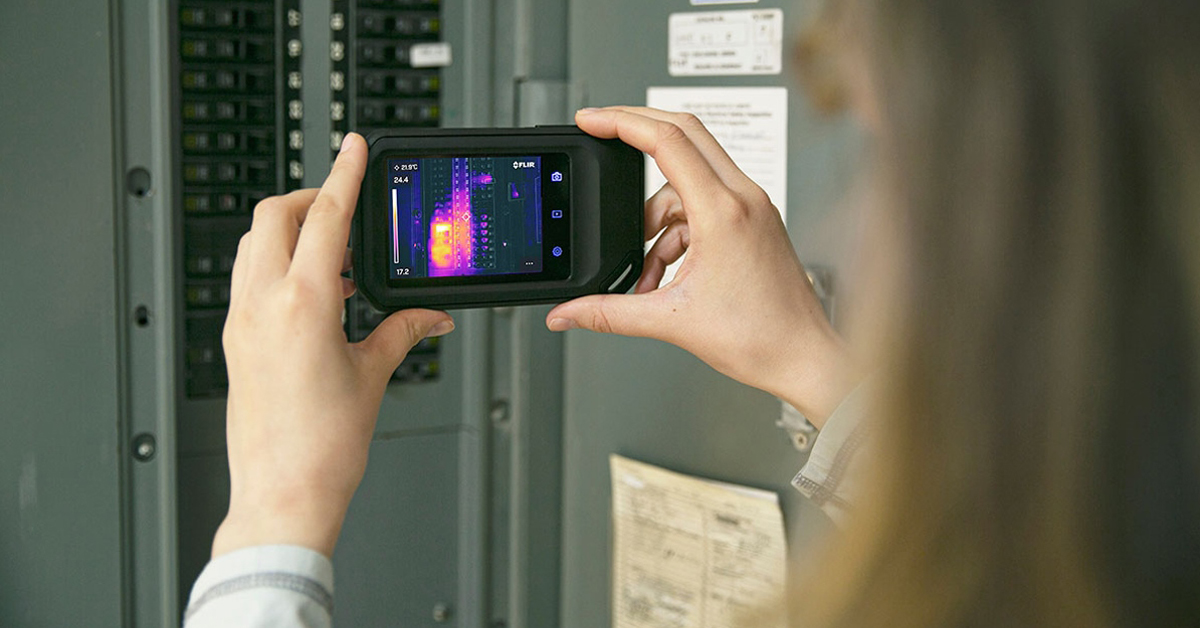
Which Cx-Series Camera Is Right for You?
.png)
What is MSX®?
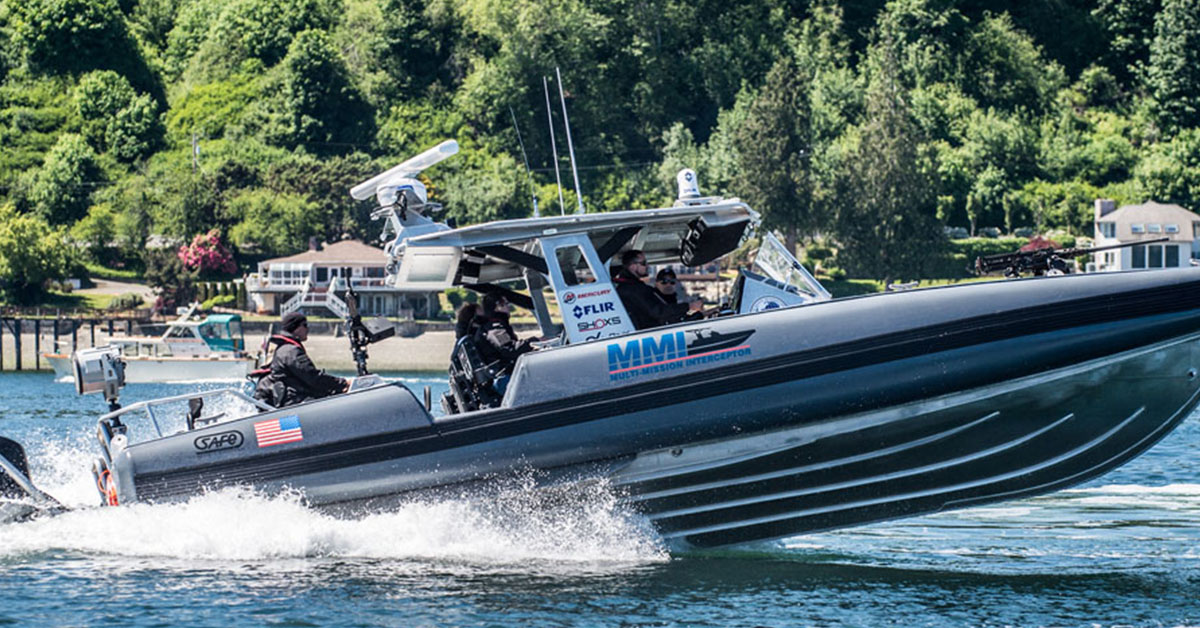
Five Reasons Maritime First Responders Need Thermal Imaging
.png)
3 Distinguishing Features of Superior Thermal Cameras
.png)
Determine Which Visible and Thermal Security Cameras You Need
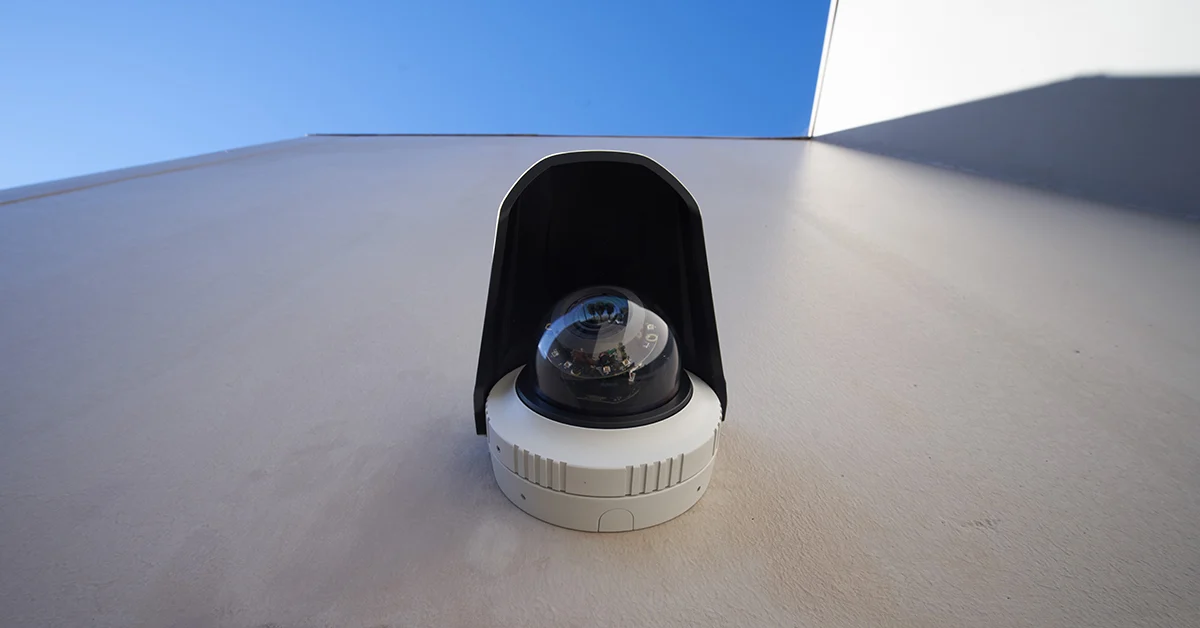
Bullet vs. PTZ vs. Dome: Which Security Camera Is Right for You?

Interfaces for Machine Vision

Machine Vision Sensor Review
.png)
Teledyne FLIR, the Industry Leader, Launches Boson +, a Long-Wave Infrared Thermal Imager Module with an Accuracy of Less Than 20 mK
.png)
Whitepaper: IP-Based Security Convergence
.png)
3 Technologies Transforming Safe Cities into Smart Cities
.png)
Insights from the Field: Ensuring Workplace Safety Using Thermal Camera Screening for Entry Control

Thermal Night Vision as a Force Multiplier

Can Thermal Imaging See Through Walls? And Other Common Questions
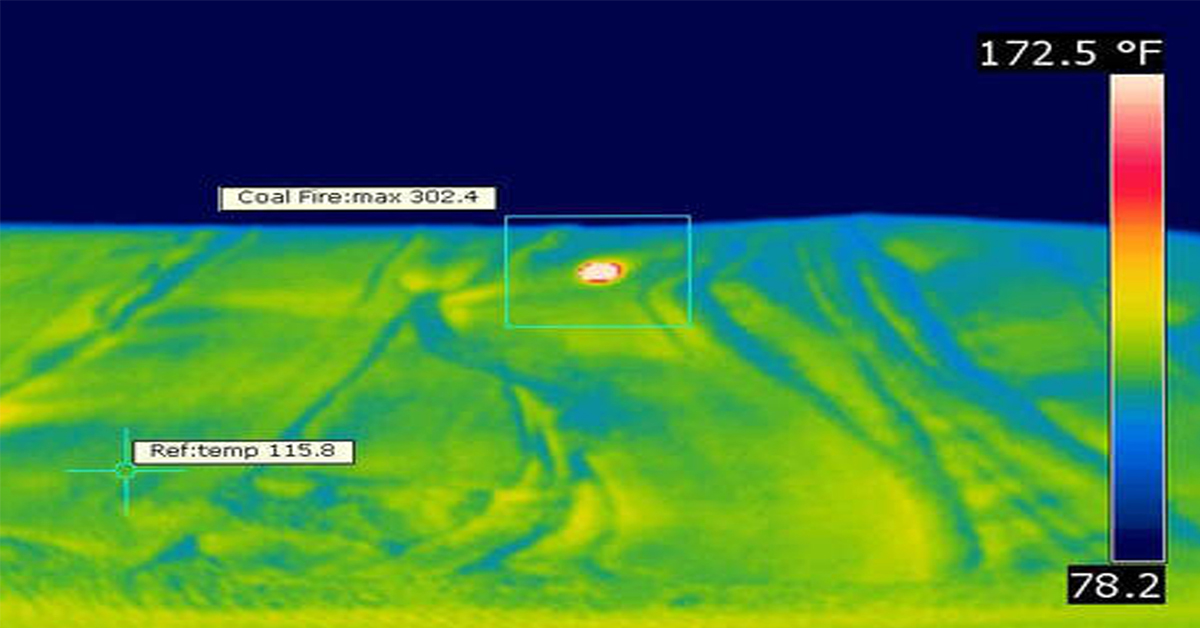
Application Spotlight: Early Fire Detection for Rapid Heat Generation

Protect Personnel and Equipment by Detecting Early Signs of Fire
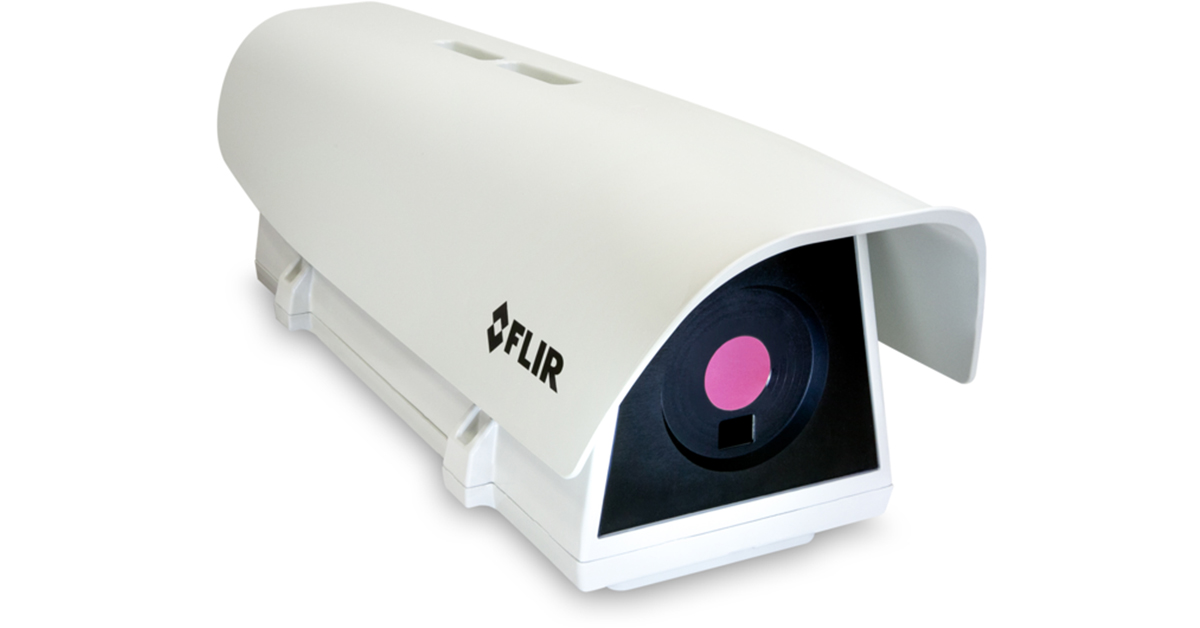
Teledyne FLIR Launches A500f/A700f Cameras for Fire Detection and Condition Monitoring
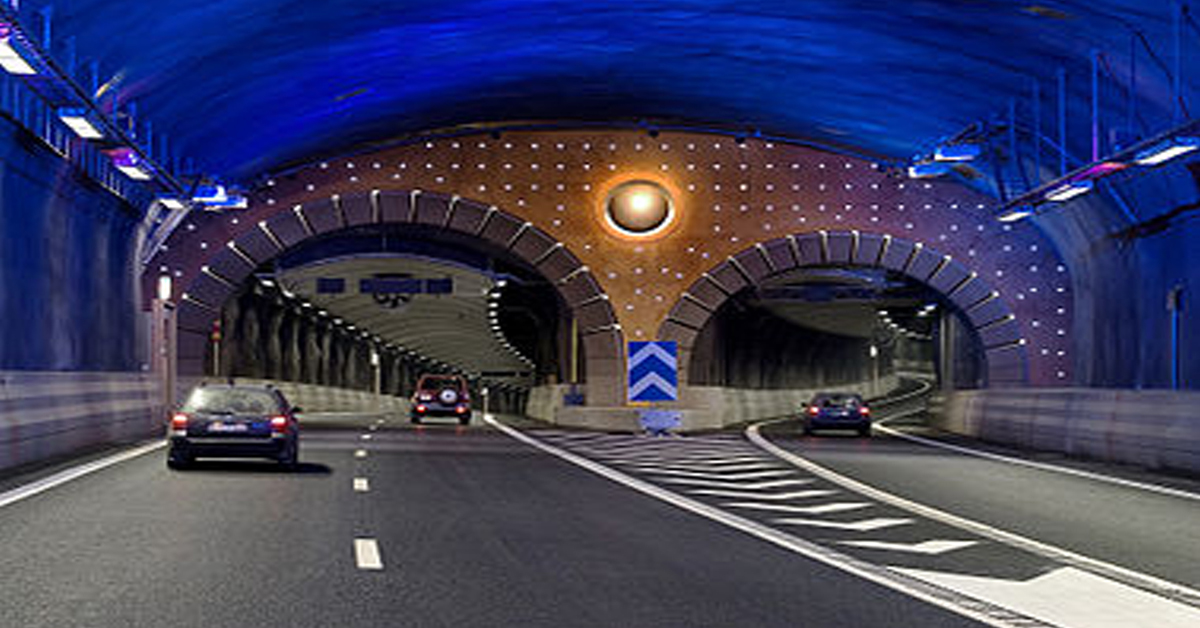
Thermal Imaging Cameras Help Guarantee Fire Safety in Tunnels
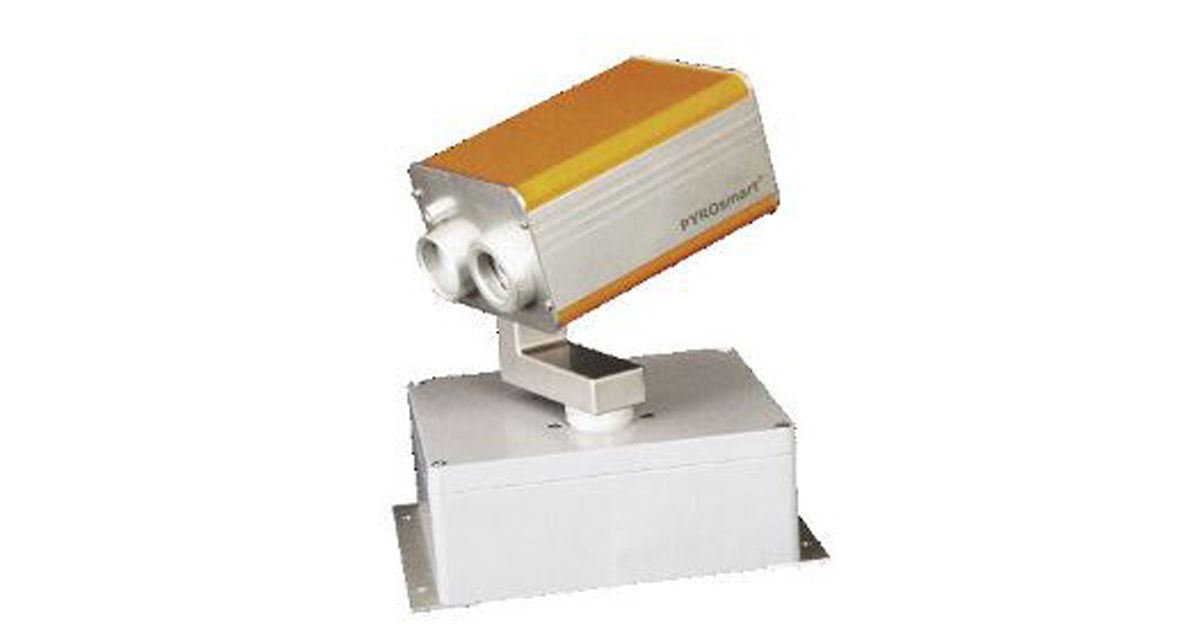
Thermal Imaging Cameras Help to Prevent Fires

ITS-Series Dual AID Surpasses Standards for Fire Detection Systems in Japan
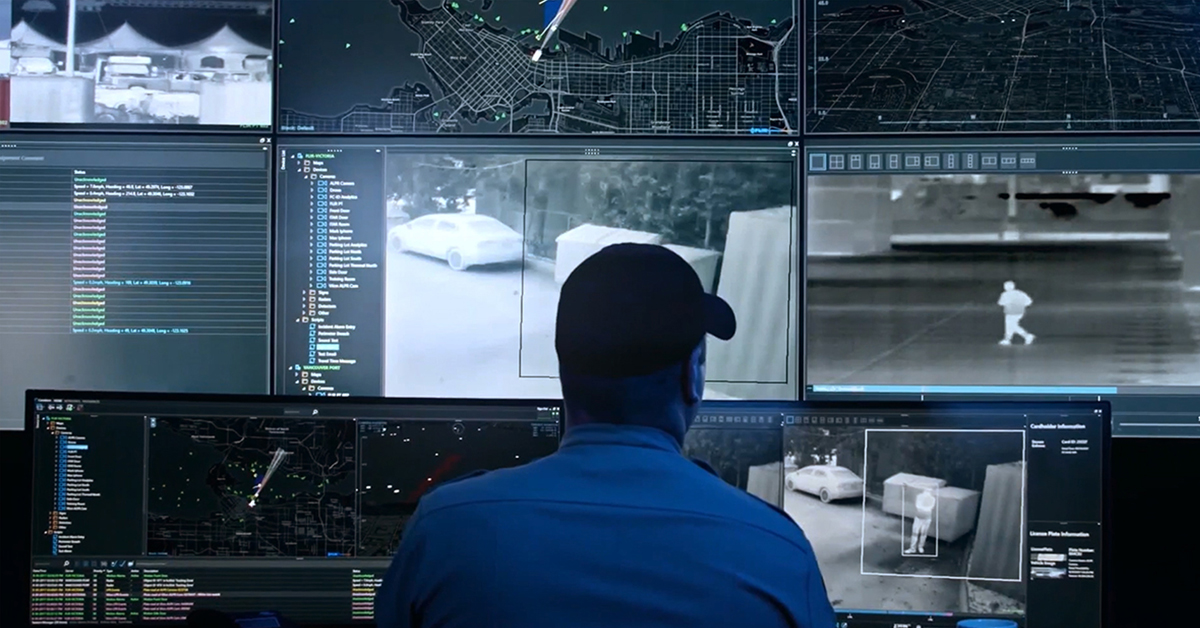
How Layering Multispectral PTZ Cameras and Radars Improve Perimeter Protection
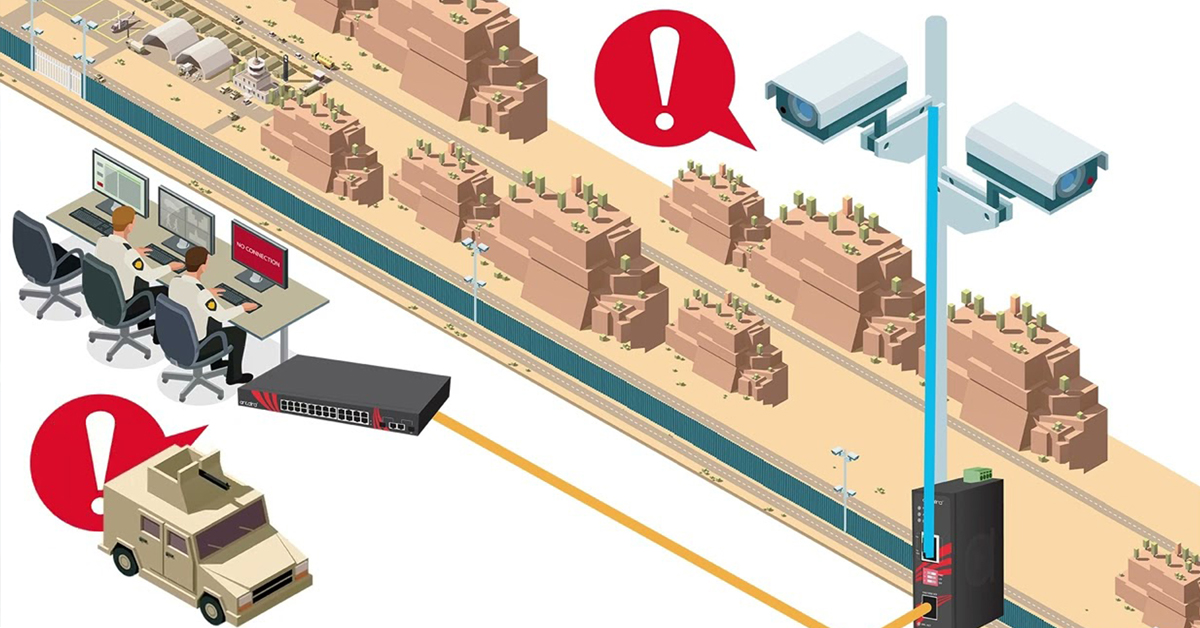
POWER REMOTE RESET TECHNOLOGY - PRRT

Why Yacht Owners are Adding Thermal Imaging Cameras to Minimise the Risk of Lithium-Ion Battery Fires?
.png)
Intelligent Transportation Systems

Best Practices Guide for Perimeter Security Applications

Protect Pedestrians, Bicyclists and More with Thermal Smart Sensors
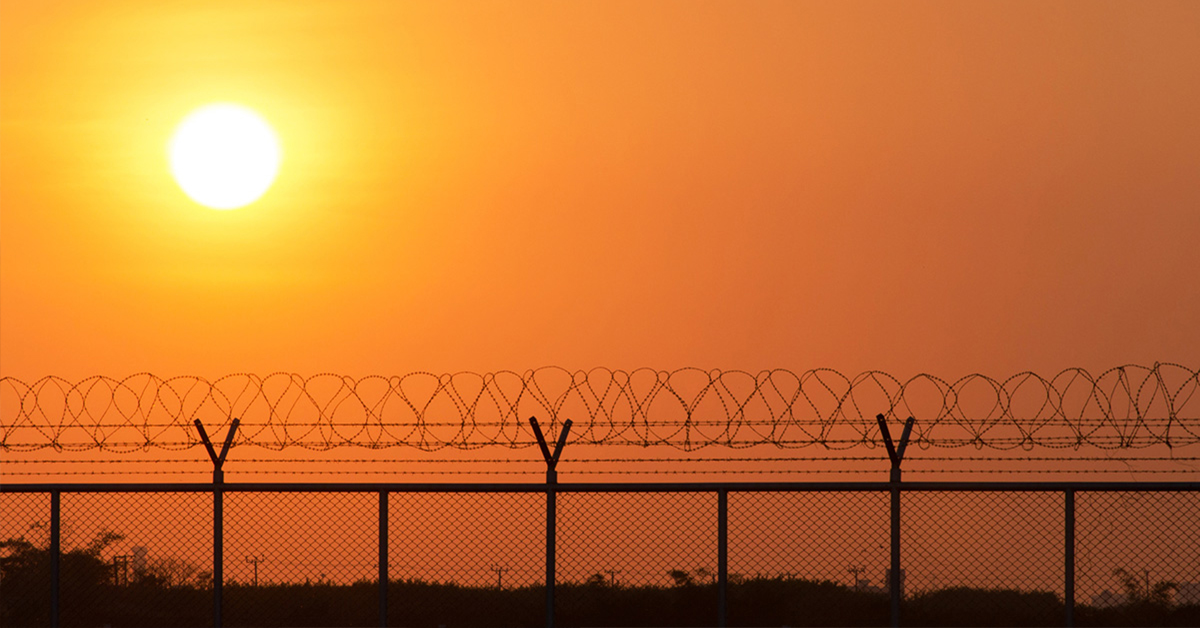
White Paper: Application of Ground-Based Security Radar to Perimeter Systems

What is Thermal Leakage and How to Reduce Its Risks
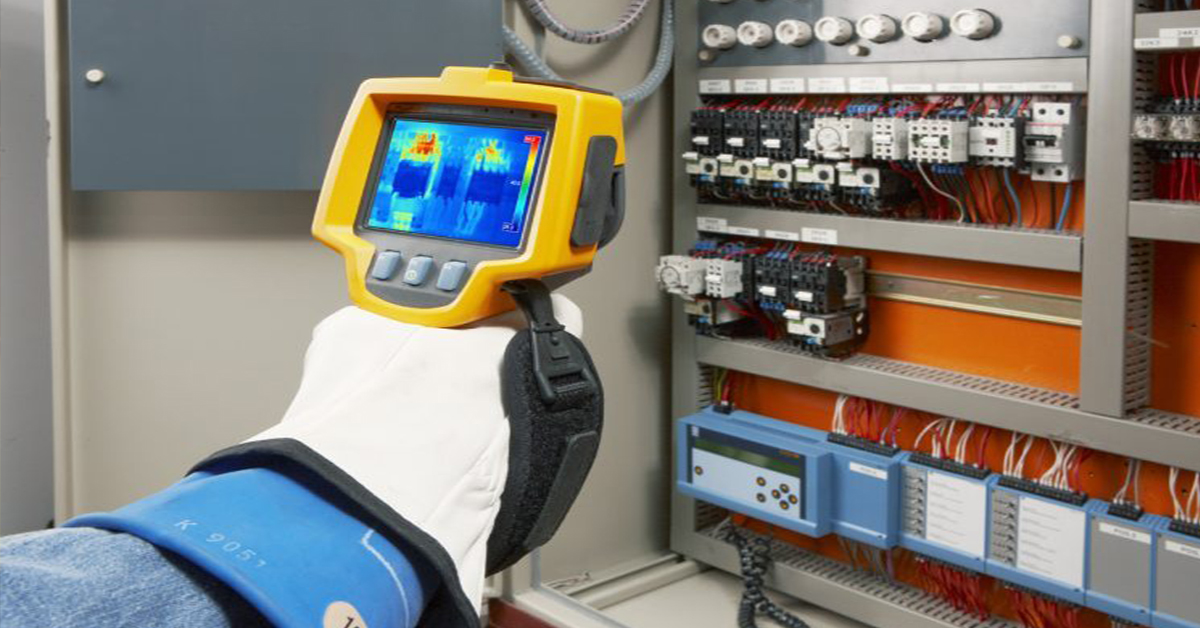
Battery Inspection Using Advanced Thermography

Providing ire Protection for Lithium Battery Storage
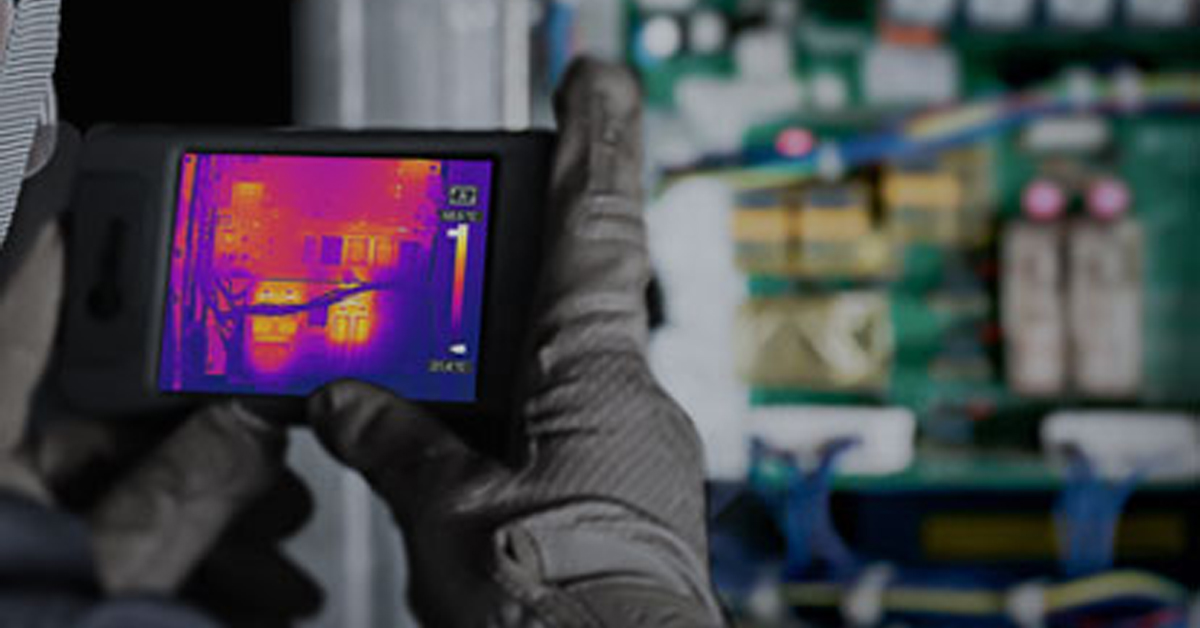
The Power of Thermal Imaging
.png)
Why Panel PCs Are Perfect For Industrial Applications?

Teledyne DALSA
.png)
Advantages of Virtual Barrier Video Analytics for Perimeter Security Systems
.png)
.png)
NASA Takes the Teledyne FLIR Boson Thermal Camera Module Out of this World
.png)
Port Security Enhancement: DP World Yarımca's Trust in FLIR Security Solutions for Effective and Safe Port Operations
.png)
The Importance of Thermal Sensitivity (NETD) for Detection Accuracy
.png)
Bosphorus Boat Show 2025: The Meeting Point of the Maritime World

Application Spotlight: Critical Asset Monitoring for Thermal Conditions
.png)
Thermal Imaging for Marine Firefighting
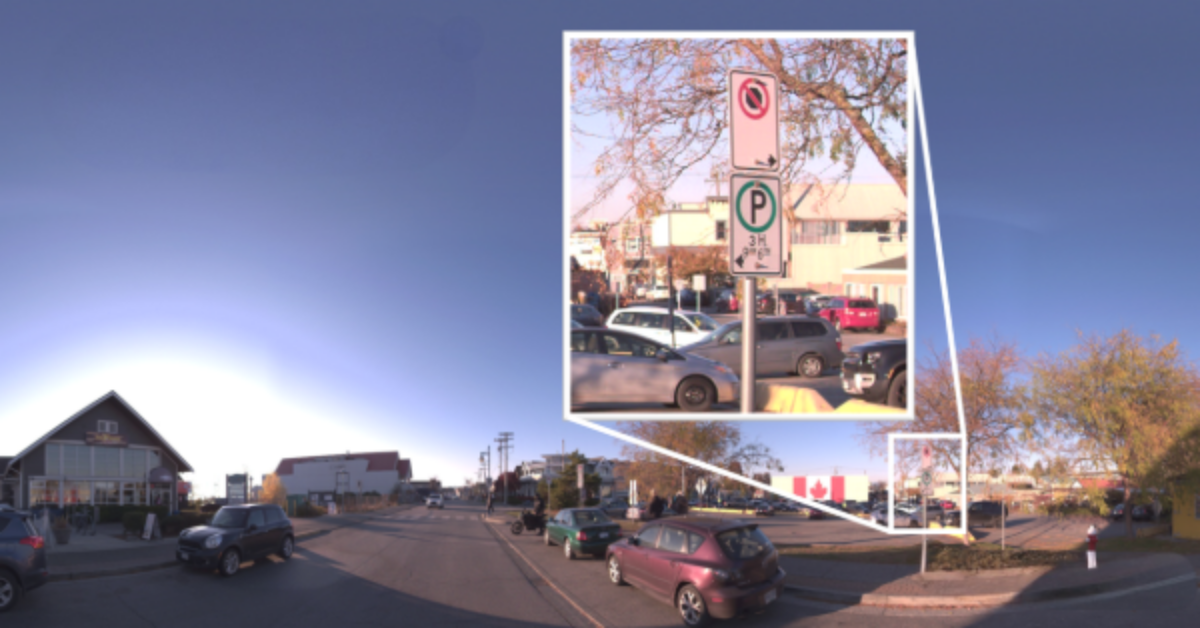
Imaging in Mobile Mapping
.png)
Using Thermal Imaging for Oil Spill Detection
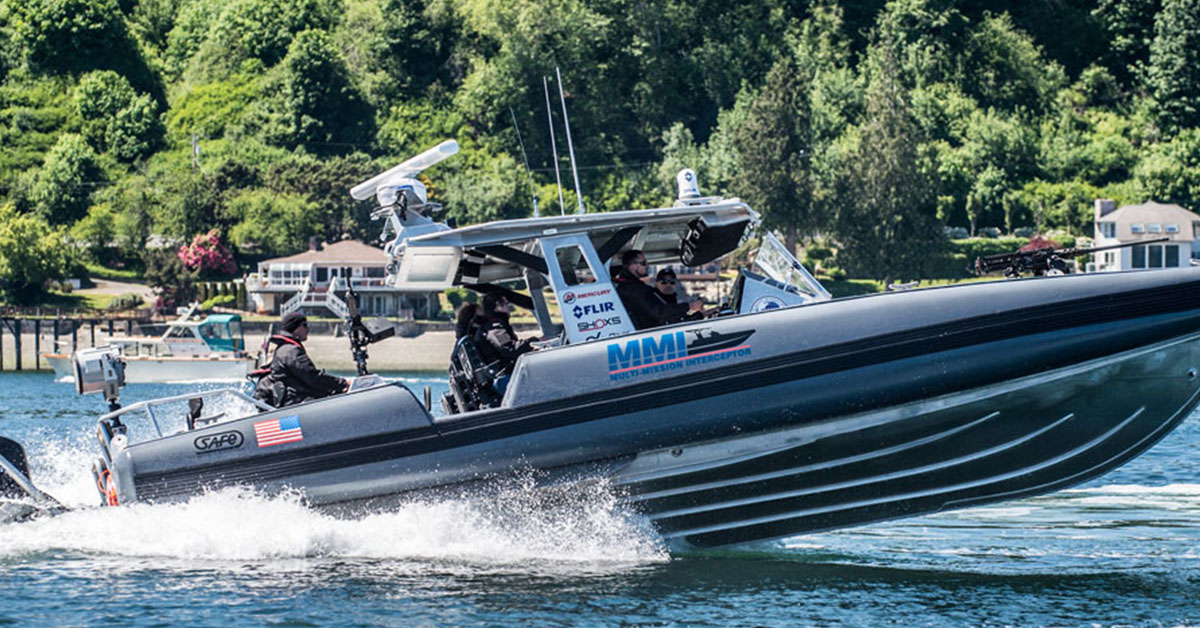
Five Reasons Maritime First Responders Need Thermal Imaging
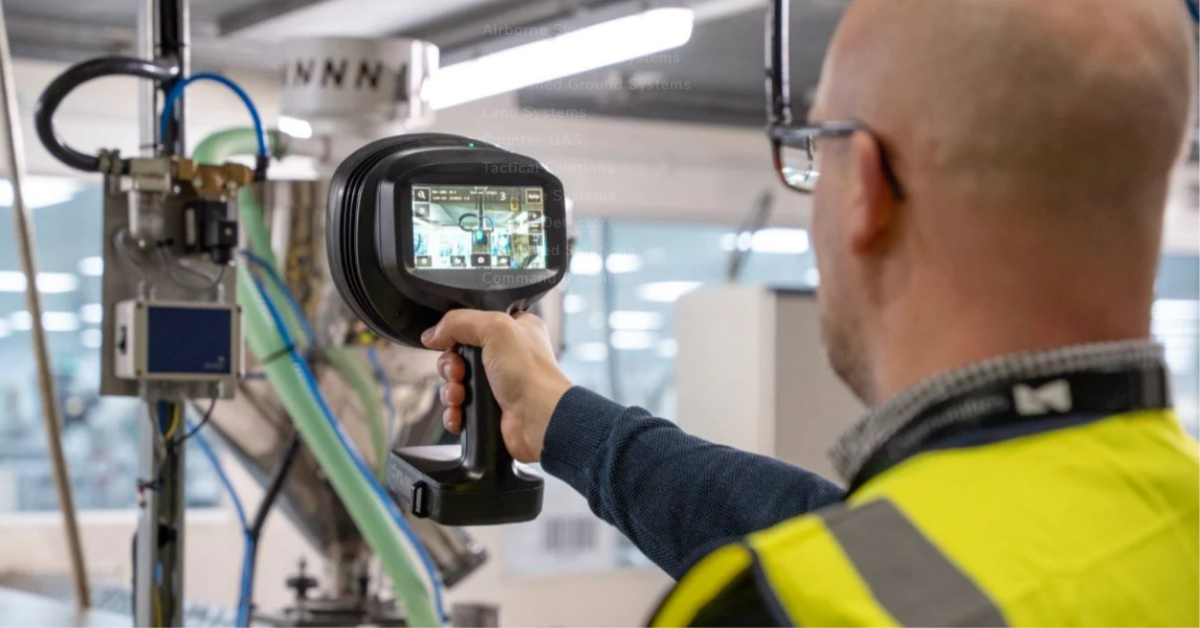
Case Study: Tackling Compressed Air Leaks in Automotive Parts Manufacturing with Acoustic Imaging
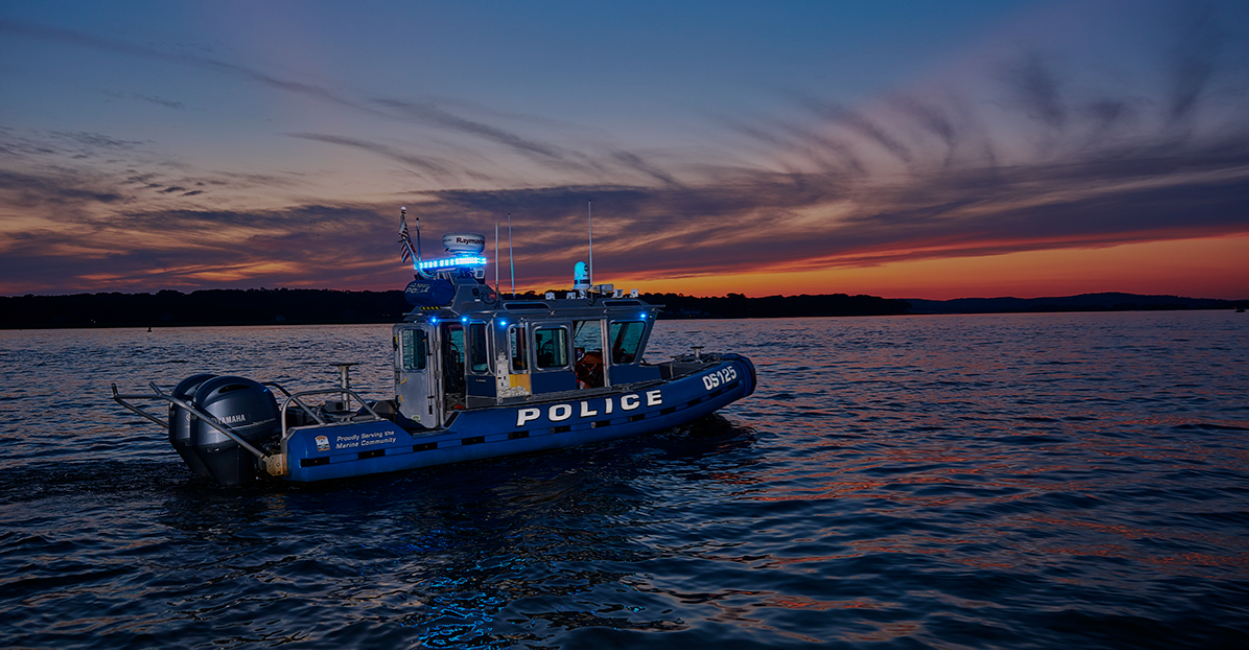
Thermal Night Vision as a Force Multiplier
.png)
Line Scan Contact Image Sensor - AxCIS
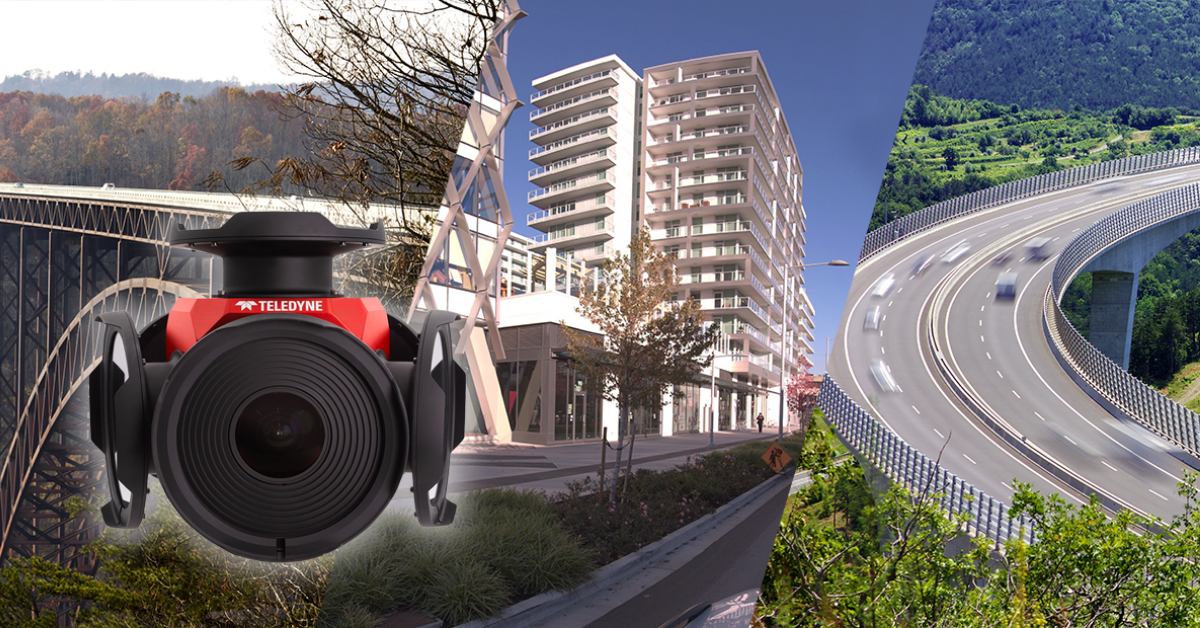
Beyond Resolution: What Really Makes a Camera System Work for Mobile Mapping
.png)
Multispectral Marine Cameras for USV Applications
.png)
Stabilizing FLIR Cameras for Smooth Viewing in Rough Waters
 (1).png)






